When dining in Japan, especially at traditional restaurants like sushi bars or unagi establishments, you might notice three particular kanji characters on the menu: 松 (Matsu), 竹 (Take), and 梅 (Ume). For many tourists, their meaning can be a mystery. This is a uniquely Japanese way of ranking courses or set menus.
This article will explain everything you need to know about Shochikubai (松竹梅), the collective term for Matsu, Take, and Ume, from its deep cultural origins to its practical use in restaurants, helping you make smarter choices and deepen your appreciation for Japanese dining culture.
Where Do You See “Shochikubai”?
The Matsu, Take, Ume ranking is most commonly found on the menus of traditional Japanese restaurants, including those specializing in sushi, unagi (eel), tempura, and soba noodles. It is used to name three different tiers of courses or set menus, each with a different price.
What is Matsu, Take, and Ume? – Symbols of Good Fortune
Many people assume that Matsu is the highest rank, followed by Take, and then Ume. While this often reflects the price, the term Shochikubai did not originally imply a hierarchy. Its origins lie in a Chinese concept from the Song Dynasty known as the “Three Friends of Winter.” It was an art theme celebrating three plants that endure the harsh cold of winter: the pine, which stays green; the bamboo, which grows strong; and the plum blossom, which is the first to bloom. Together, they symbolized the scholarly ideals of integrity, perseverance, and resilience.
When this concept was introduced to Japan, these three plants gradually became cherished as individual symbols of good fortune.
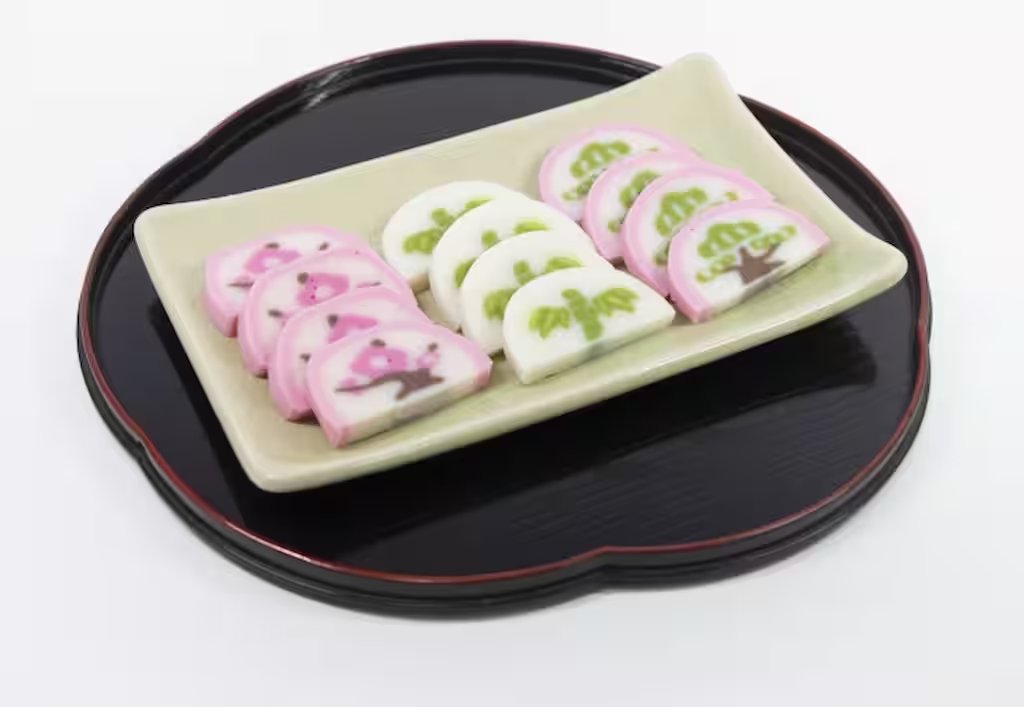
Matsu (松 – Pine)
As an evergreen that thrives even in harsh environments, the pine, or Matsu, became a symbol of longevity and eternal youth. It is also considered a sacred tree where gods descend to Earth, and its name is even said to derive from the verb matsu (待つ), “to wait” for a god.
Take (竹 – Bamboo)
Bamboo, or Take, represents vitality and prosperity. This is due to its vigorous, straight growth and the way it spreads from its roots, symbolizing a thriving family.
Ume (梅 – Plum)
The plum, or Ume, signifies life force, joy, and nobility, as it is the first to blossom beautifully in the cold, heralding the arrival of spring.
How Did It Become Shochikubai Grading System?
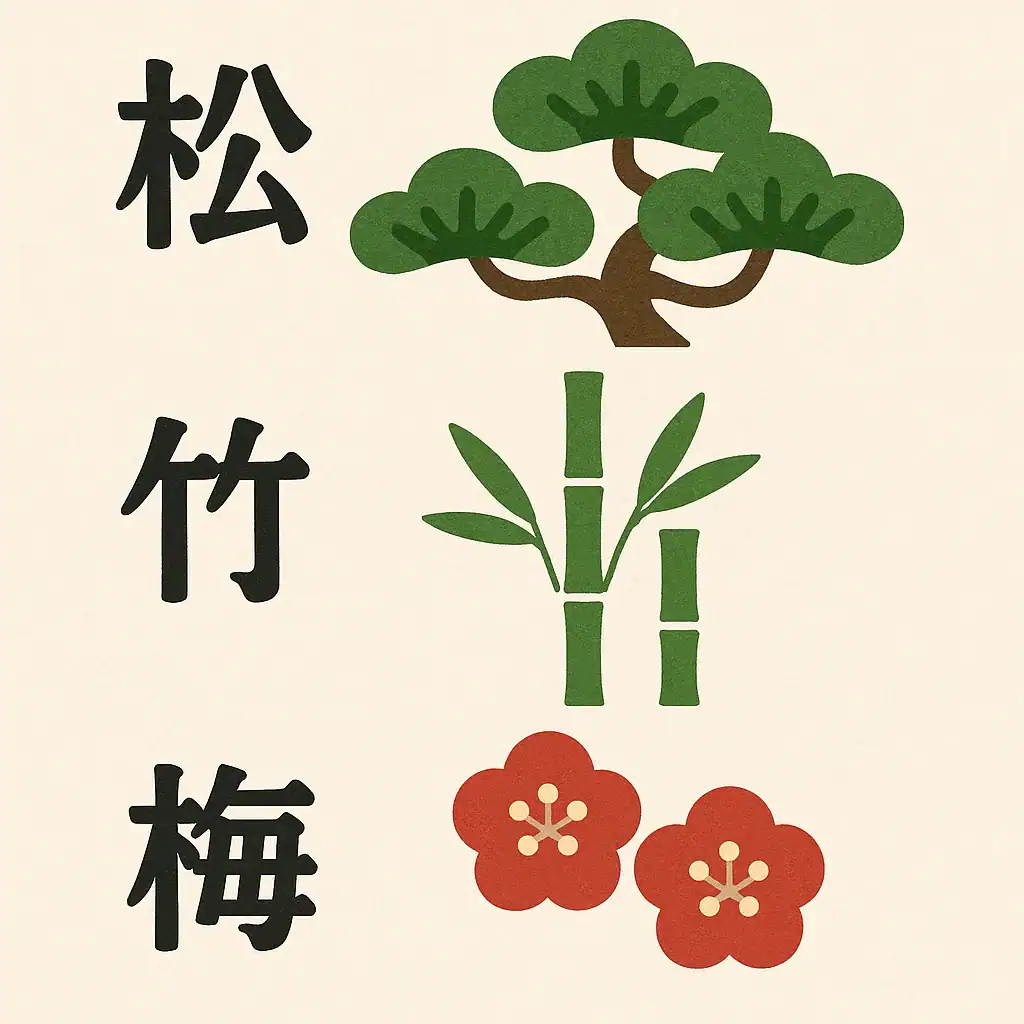
So, why did these auspicious symbols come to represent different grades on a menu? The evolution involved two key stages.
The familiar order of Matsu, Take, and then Ume does not reflect inherent superiority but rather the historical order in which each plant came to be regarded as auspicious in Japan. Matsu was the first, gaining its status during the Heian period. Take followed during the Muromachi period, and Ume was the last to join during the Edo period, at which point the trio of “Shochikubai” was complete.
The practice of using Shochikubai for menu tiers is said to have started in the Edo period at sushi restaurants. Before this, a more direct ranking system was common: Tokujo (premium), Jo (superior), and Nami (regular). However, customers often felt hesitant or embarrassed to order the lowest-tier “Nami” option. To solve this, restaurants cleverly replaced the direct ranks with these auspicious plant names. By doing so, they created a system where customers could feel comfortable ordering any option. This is a classic example of Japanese omoiyari, or thoughtfulness and consideration for others.
What’s the Difference in Practice?
The specific difference between the Matsu, Take, and Ume courses varies by restaurant and cuisine. It’s important to remember that “Matsu” doesn’t always mean “highest quality.”
At an unagi restaurant, the difference is usually the quantity. For example, a “Matsu” course might have a larger portion of eel and rice, while “Ume” has a smaller one. The quality of the eel itself is often the same.
At a sushi restaurant, the distinction is typically based on the quality, variety, and number of pieces of seafood. A “Matsu” course will likely feature premium toppings like fatty tuna, while “Ume” will consist of more standard items.
At a yakiniku restaurant, courses are often differentiated by the cut, quality, and quantity of the meat.
Tips for Choosing Your Course at Japanese Restaurant
Always check the price and description on the menu. While Matsu is usually the most expensive, some establishments reverse the order as a sign of iki (sophisticated chic). Always confirm before ordering.
Determine if the difference is in quantity or quality. The core difference varies by restaurant. If the menu isn’t clear, don’t hesitate to ask the staff, “What is the difference between Matsu, Take, and Ume?”
Be aware that the middle option isn’t always the best deal. Many people instinctively choose the middle option, a psychological phenomenon known as “extremeness avoidance.” This is a common choice, so compare the contents to see what best suits you.
Advice for Tourists: Enhancing Your Dining Experience in Japan
- A simple way to order is to point at the menu item and say, “Kore, onegai shimasu” (This one, please).
- If you’re unsure how to eat something, just ask the staff. They will be happy to show you.
- Many restaurants in tourist areas have menus with photos or in multiple languages, so check for those first.
- Japan can still be a cash-heavy society. Before you dine, it’s a good idea to check if the restaurant accepts credit cards.
Shochikubai is more than just a pricing strategy; it’s a cultural practice born from a desire to make customers feel comfortable and respected. Understanding the story behind Matsu, Take, and Ume will undoubtedly make your dining experience in Japan even more meaningful.
FAQ
What do Matsu, Take, and Ume mean on a menu?
They are names for tiered set menus. Typically, Matsu is the highest price, followed by Take, and then Ume.
Is “Matsu” always the best quality?
Not necessarily. The difference can be in quantity (more food) or quality (premium ingredients). It’s best to ask or check the menu.
How do you pronounce it?
“Maht-soo” (松), “Tah-keh” (竹), and “Oo-meh” (梅). The collective term is “Sho-chee-koo-bai” (松竹梅).
Why use these names instead of “Large, Medium, Small”?
These are auspicious symbols in Japan. Using them is a polite way to offer different price tiers without making customers feel awkward about their choice.
Is there a rank after Ume?
No. Shochikubai is a complete set of three from the “Three Friends of Winter.” Other auspicious names you might see are not part of this ranking.
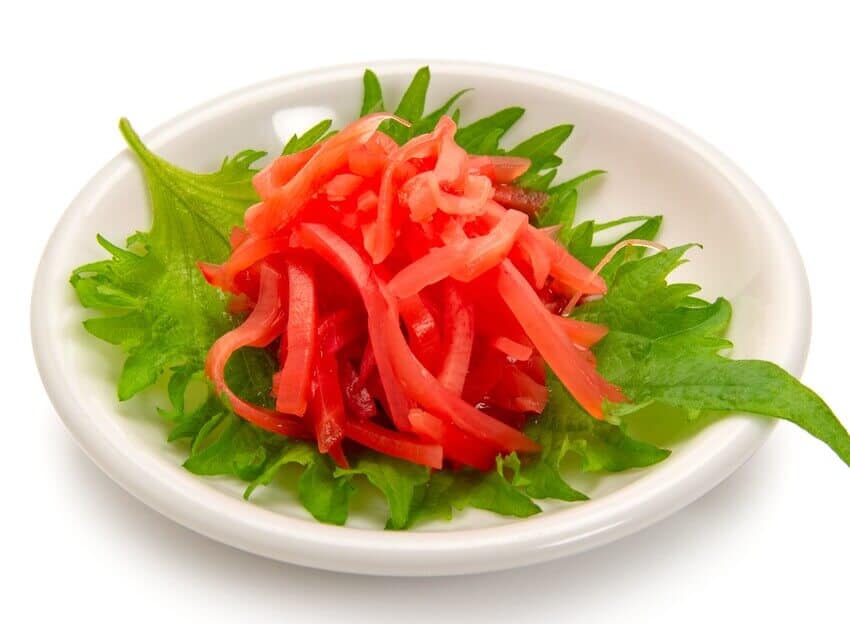
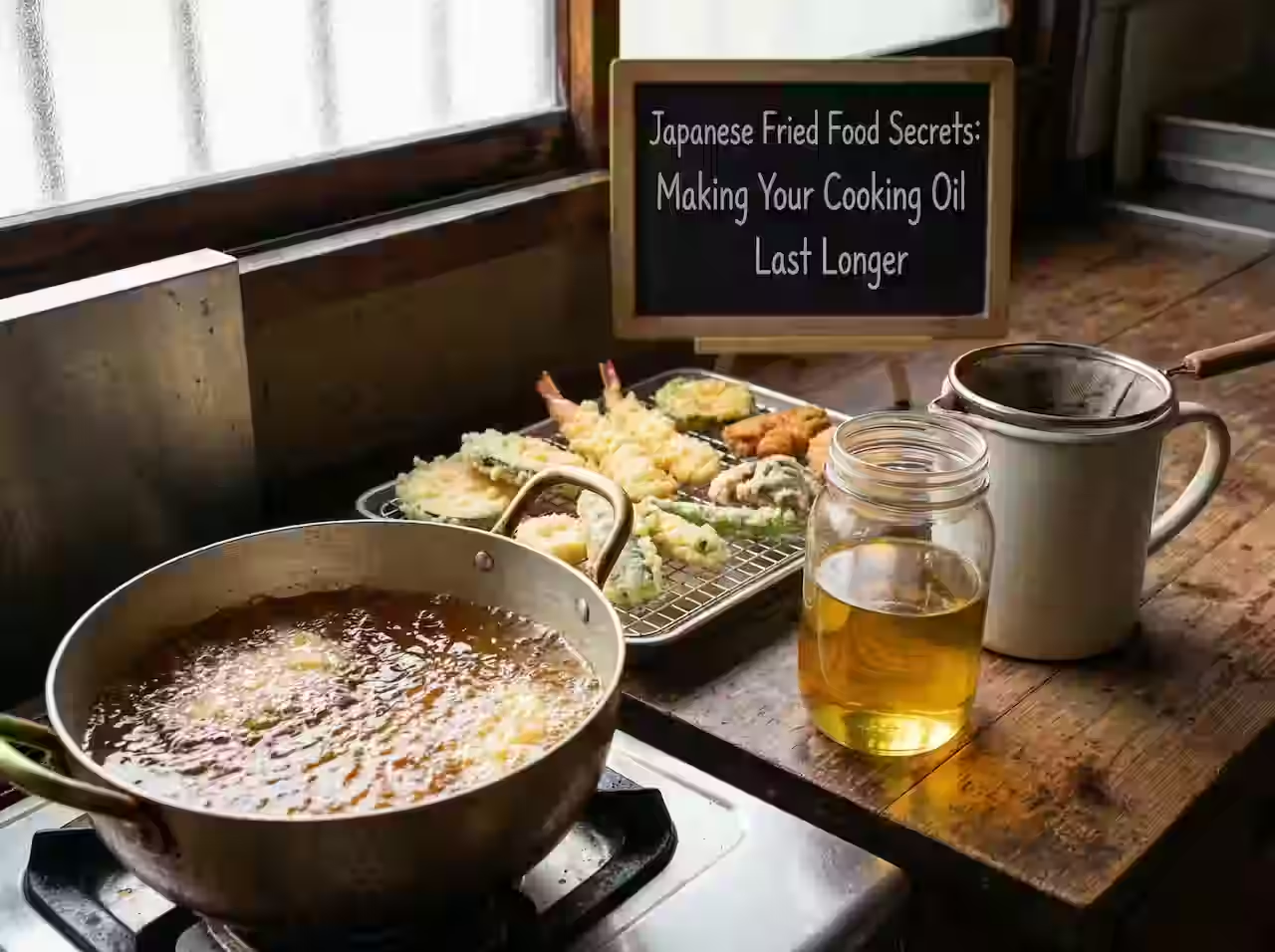
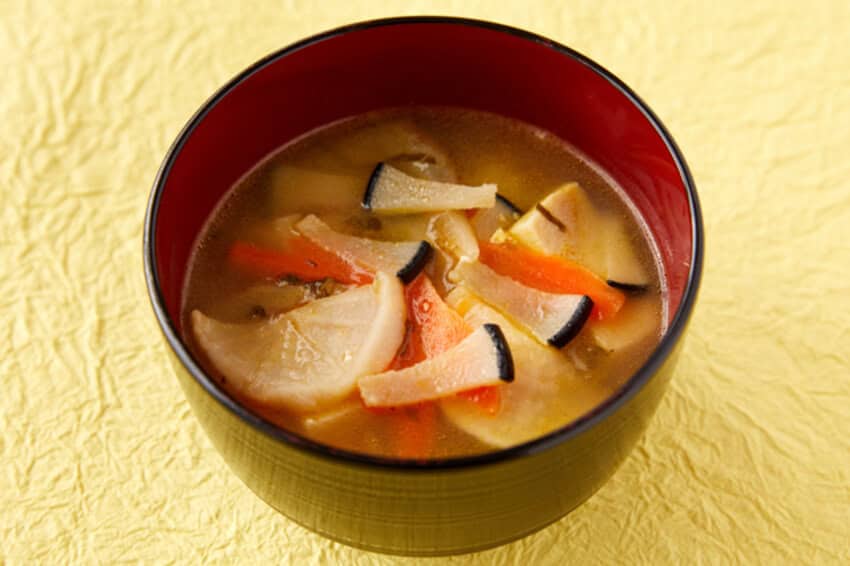
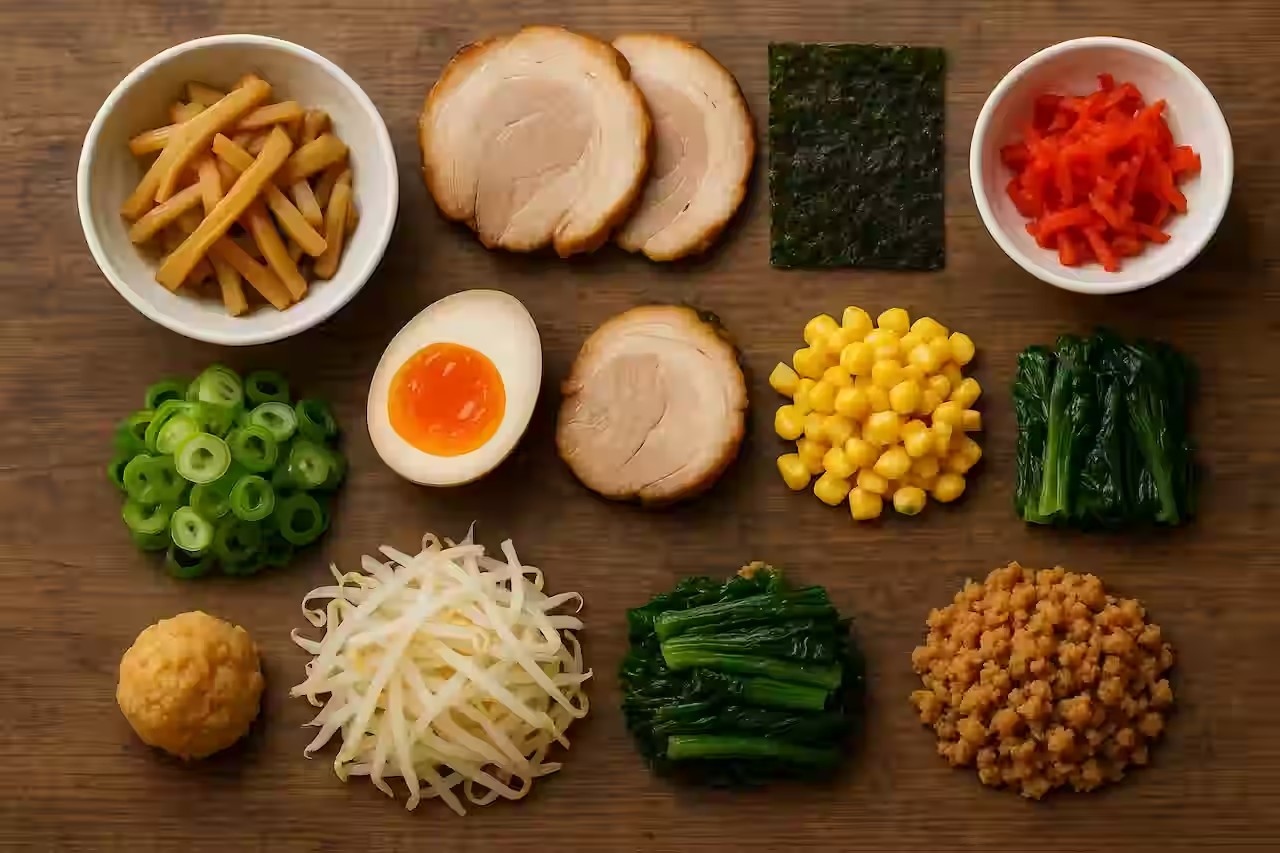
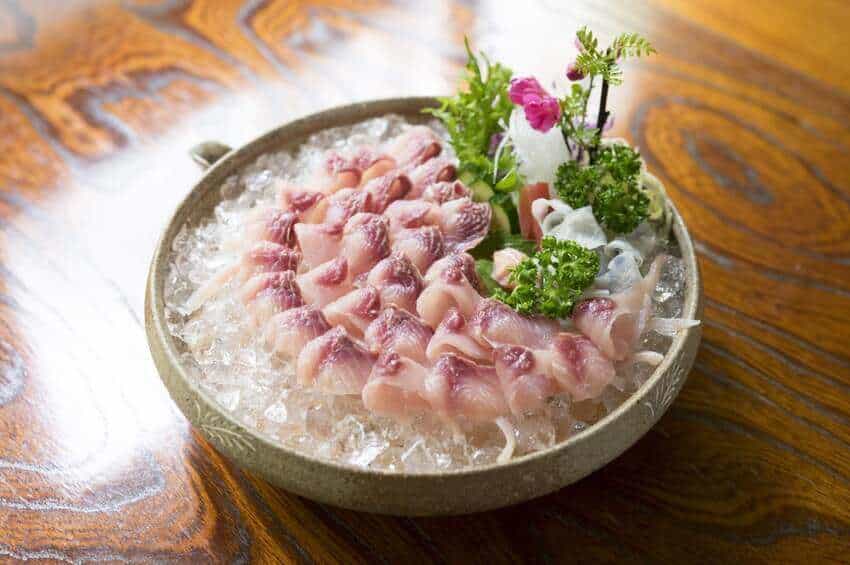

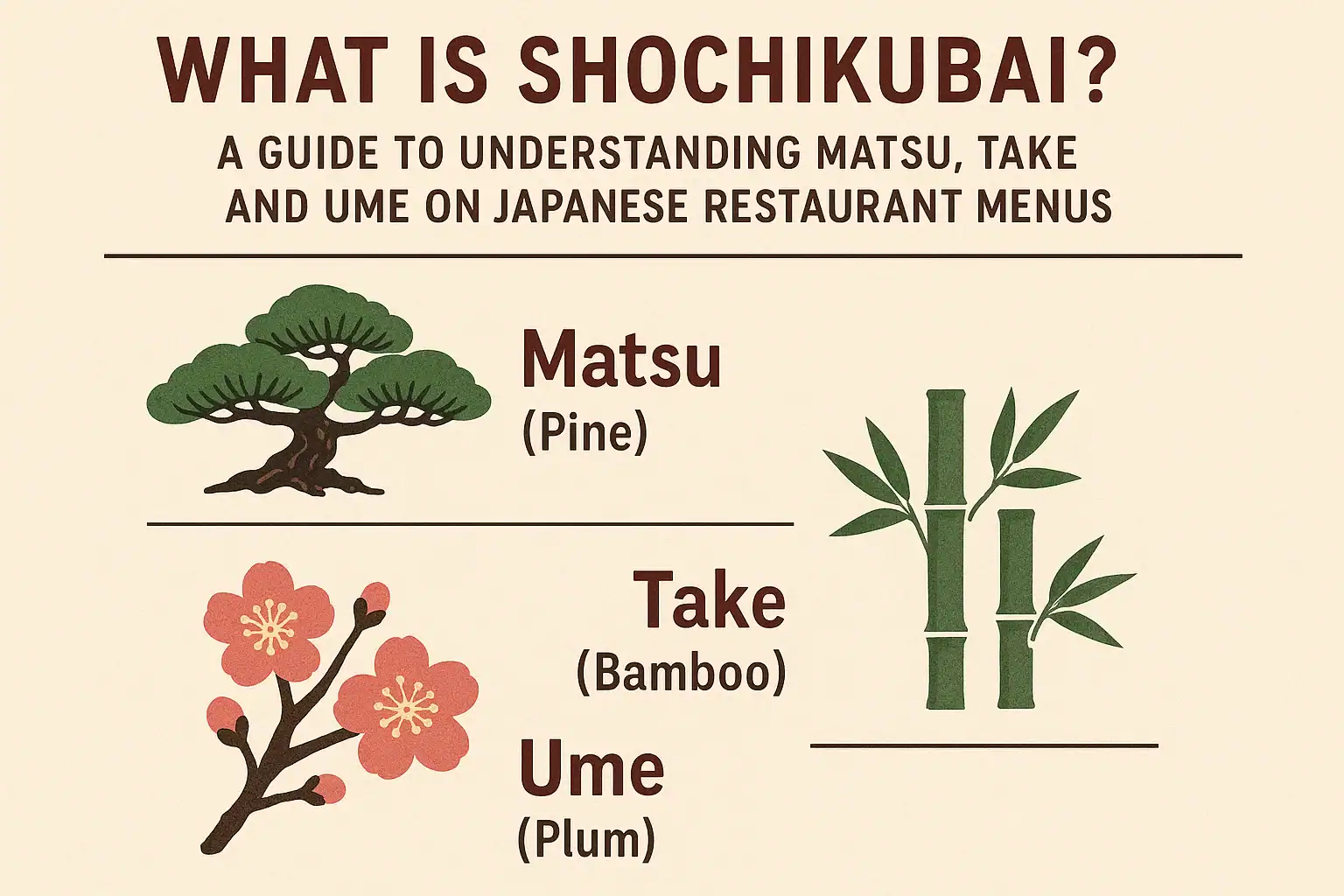
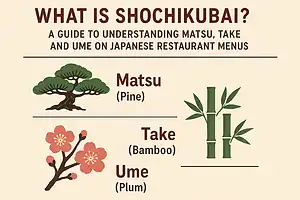
Comments